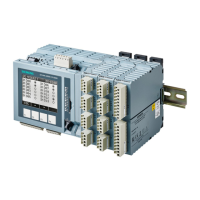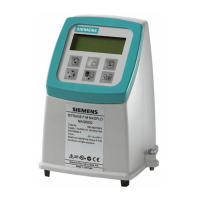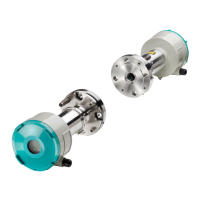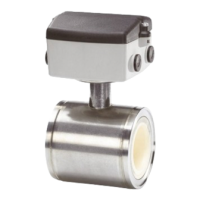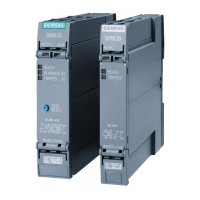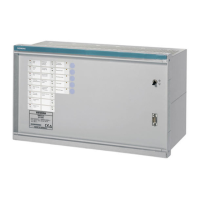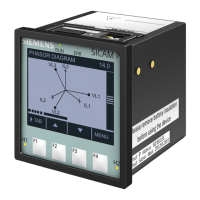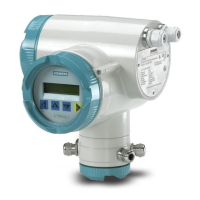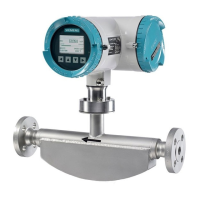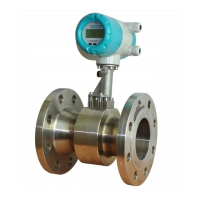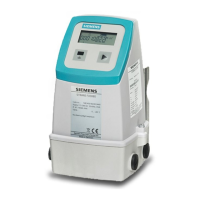2.5 Use in hazardous areas
2.5.1 Internal explosion protection
Internal explosion protection refers to the sample gas path (containment system "CS") in the
analyzer and to the explosion protection of the process gas. A dierentiation must be made
between the following cases:
Table 2-1 Internal explosion protection: Dierentiation of cases
Sample gas Measures
Non-ammable gas mix‐
tures and gas mixtures
below 25% of the lower
ammable level (LFL)
If you have ensured that the sample gas in the CS does not become ammable, ame arrestors are
dispensable.
Occasionally explosive
gas mixtures below up‐
per ammable limit
(UFL)
The introduction of an occasionally explosive gas mixture into the wall-mounted device is permis‐
sible only with the explosion protection type Ex px/py, under NFPA 496 for North America amma‐
ble gases may be introduced using APU described in Ex pz safety equipment (Page115). We rec‐
ommend an automatic purging unit in accordance with Ex px.
When introducing a ammable or occasionally explosive gas mixture in OXYMAT 7 into the wall-
mounted device, each inlet/outlet for sample gas and reference gas must be equipped with a ame
arrestor. The installed ame arrestors have to full the safety-specic requirements of this amma‐
ble gas mixture.
Introducing a ammable gas mixture below upper ammable limit in OXYMAT 7 into the rack-
mounted device is not permissible.
Gas mixtures which are
frequently or perma‐
nently explosive
Do not introduce any frequently or permanently explosive gas mixtures!
Gas mixtures above the
upper ammability level
(UFL)
A case-by-case assessment is required for these ammable gas mixtures.
Flammable gas mixtures
with OXYMAT 7
Flame arrestor is needed, make sure the reference gas pressure is always 2000 hPa (± 150 hPa)
above sample gas pressure.
2.5.2 External explosion protection
2.5.2.1 Overview
The external explosion protection serves to prevent penetration of ammable gas mixtures (gas
vapors) into the enclosure or ignition on the surfaces.
OXYMAT 7: When conducting ammable or non-ammable sample gases into the hazardous
area, both the sample gas inlet and outlet must be provided with a ame arrestor.
The maximum permissible sample gas pressure in the analyzer depends on the type of
connected gas. Make sure that no higher sample gas pressures occur than specied in the
technical data of the respective device version. The exact specications of the sample gas
inlet conditions can be found in the section "Technical data (Page87)".
Safety notes
2.5Use in hazardous areas
SIPROCESS GA700 rack and wall mounted devices
Compact Operating Instructions, 06/2023, A5E35134047-AB 19

